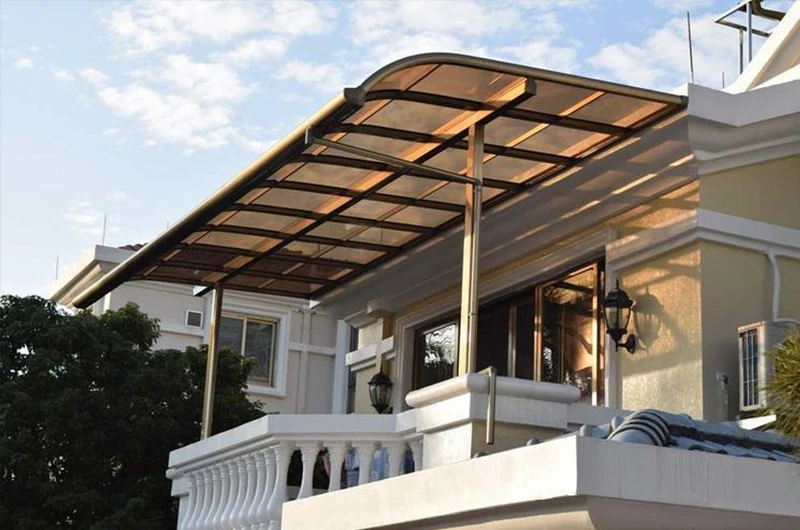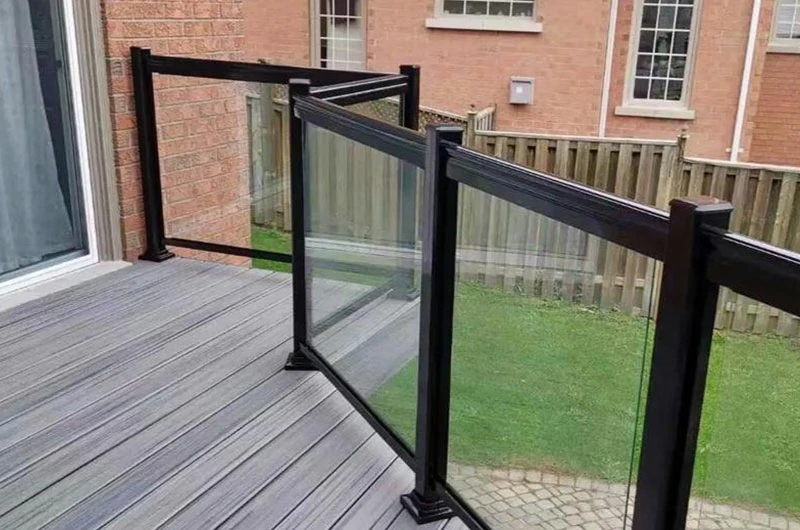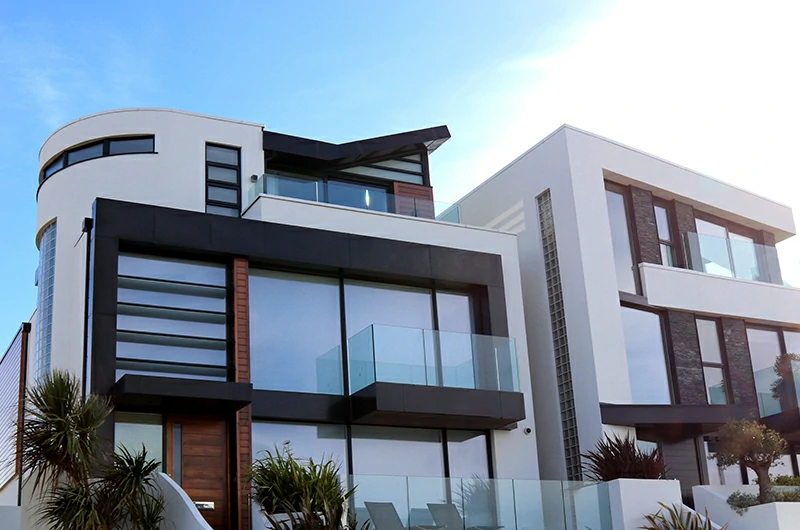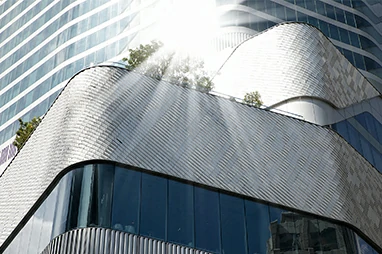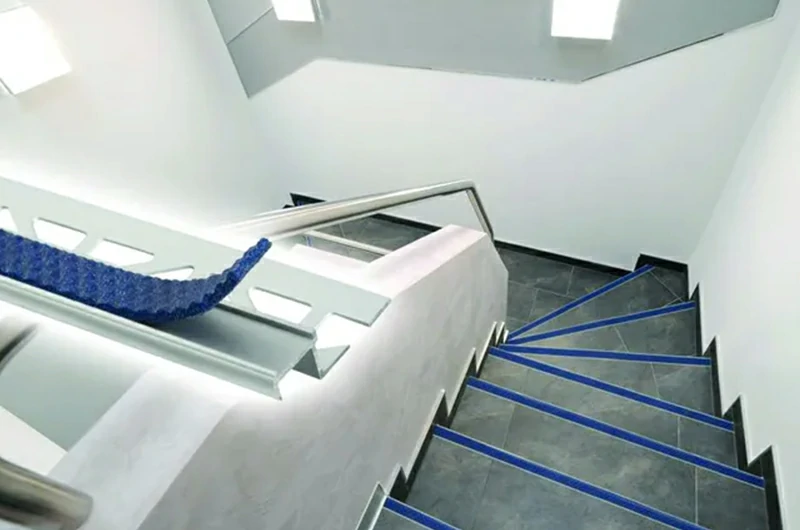Mivan aluminum formwork is lightweight, high-strength, easy to install, and has a high reusability rate. The concrete contact surface after demolding is smooth.
The combination of aluminum formwork and steel climbing frame optimizes construction efficiency, reduces production costs, and ensures safety and cleanliness on-site, making it the preferred tool in the modern construction industry.
Specifications of aluminum formwork
Alloys: 6061-T6, 6082-T6
Weight per panel: 18-30kg
Working load: 50-60kN/m²
Reusable cycles: ≥300 times
Price: Quoted based on drawings
Standards: ASTM A647-20, JIS A 6474:2018, EN 13463:2012, DIN 18101:2019
Packaging: Standard pallet with waterproof film (or as per your requirements)
Types of aluminum formwork
We can customize precise molds according to the dimensions on your drawings, fully meeting your requirements.Quick Quote
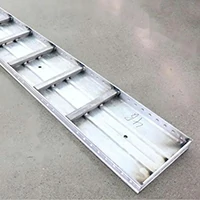 Wall Panel:It forms the surface of the walls.Inquire Now
Wall Panel:It forms the surface of the walls.Inquire NowSize:500mm×2600mm, 300mm×2600mm, 200mm×2600mm, 100mm×2600mm 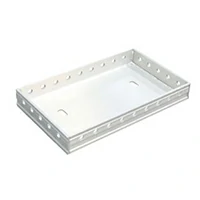 Beam Panel:Used to support the arch rib beam.Inquire Now
Beam Panel:Used to support the arch rib beam.Inquire NowSize: 500mm×1200mm, 400mm×1200mm, 300mm×1200mm 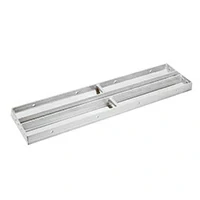 Kicker:The top of the panel forms the wall surface to act as support.Inquire Now
Kicker:The top of the panel forms the wall surface to act as support.Inquire NowSize: 180mm×1200mm, 200mm×1200mm 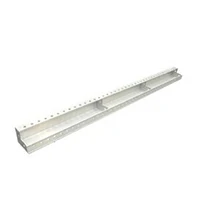 Rocker:It is an L-shaped panel.Inquire Now
Rocker:It is an L-shaped panel.Inquire NowSize:(150+150)mm×2640mm, (150+100)mm×2640mm 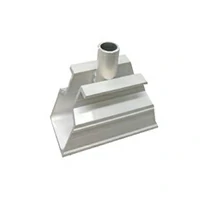 Prop Head:Support beams can be supported using column heads.Inquire Now
Prop Head:Support beams can be supported using column heads.Inquire NowSize: 100mm×200mm 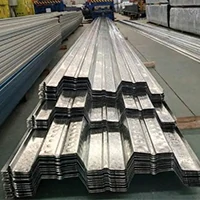 Soffit Length:The deck panel edge provides support.Inquire Now
Soffit Length:The deck panel edge provides support.Inquire NowSize: 100mm×1200mm, 200mm×1200mm, 300mm×1200mm 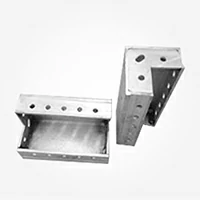 Internal and External Soffit Corners:Other components are used for support.Inquire Now
Internal and External Soffit Corners:Other components are used for support.Inquire NowSize:(100+150)mm×1500mm, (100+130)mm×1500mm, (100+120)mm×1500m, (100+100)mm×1500mm  Deck Prop and Prop Length:Supports the floor slab and bears the load of the bridge deck panel.Inquire Now
Deck Prop and Prop Length:Supports the floor slab and bears the load of the bridge deck panel.Inquire NowSize:100mm×400mm
Why choose Mastar-Metal as your aluminum supplier
- We have a rich inventory of aluminum panels covering various sizes, allowing customers to quickly pick up goods without the need for custom molds.
- Our aluminum panels come with clear markings, ensuring easy identification and assembly on-site.
- For bulk purchasers, we offer competitive pricing advantages.
- We provide detailed transportation and tax information based on the customer's delivery address, making budgeting easier for clients.
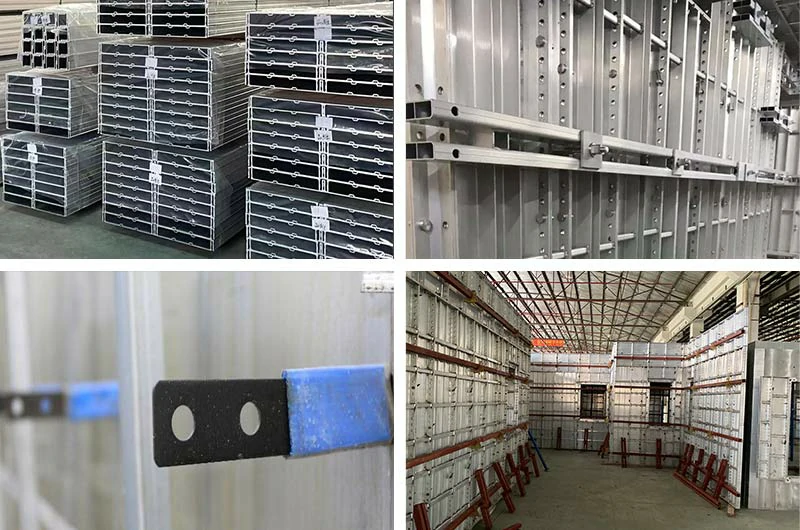
Advantages of aluminum formwork compared to traditional formwork
After comparative analysis, the overall cost of aluminum formwork is significantly lower compared to traditional formwork, saving a considerable amount of costs for construction projects.
Applications of aluminum formwork
High-rise buildings: Aluminum formwork has excellent load-bearing capacity and durability, making it ideal for construction of buildings with 17 floors or more.
Bridges and tunnels: The lightweight of aluminum formwork can reduce the load on bridge and tunnel structures.
Water conservancy projects: Aluminum formwork is corrosion-resistant and suitable for construction in water conservancy projects.
Industrial buildings: Aluminum formwork allows for fast construction, reducing the construction period of industrial buildings.
High-end residential and townhouses: With complex structures, aluminum formwork can meet the construction needs of different structures.
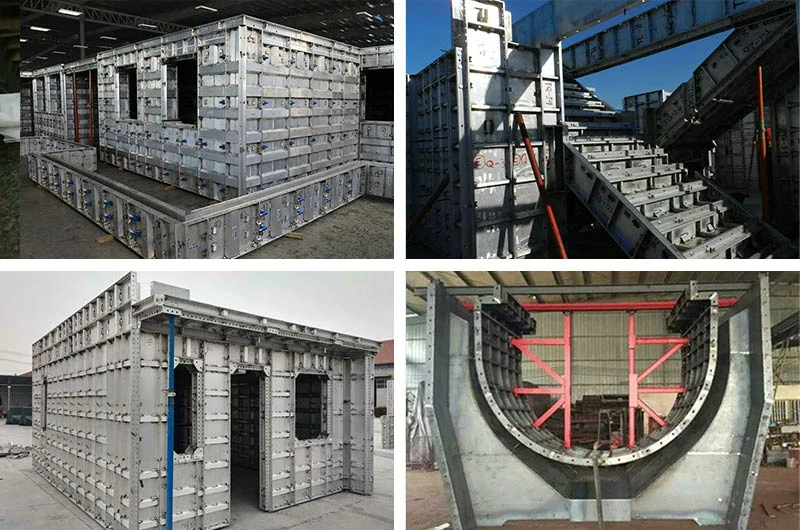
Technical support for aluminum formwork
Aluminum formwork construction process
1.Setting up wall reinforcement: Wall reinforcement is used to form the structure of the building and provide support for the concrete.
2.Placing the formwork: The formwork can be easily assembled on-site using a system of nails and wedges.
3.Pouring concrete: After placing the formwork, pour freshly mixed concrete into it to shape it.
4.Removing the formwork: Remove the formwork after 24 hours, leaving the floor formwork in place for 2.5 days and the columns in place for 7 days.
Assembly instructions for aluminum formwork
1. Check all aluminum formwork components for any damage.
2. Verify the quantity and model of aluminum formwork are correct.
3. Handle aluminum formwork with care during transportation to avoid collisions.
4. Ensure the surface of the aluminum formwork is clean before assembly.
5. Do not climb or step on the formwork.
Precautions for applying formwork release agent
- Choose a specialized water-based formwork release agent to ensure compatibility and effective release with aluminum formwork.
- Before applying the release agent, clean the formwork surface thoroughly to remove all dirt, grease, dust, and debris.
- Control the amount of application, avoiding excessive or insufficient application to ensure even coverage of the formwork surface.
- Maintain the application time within the appropriate range to prevent the release agent from drying too quickly.
- It is recommended to apply a thickness of 30-50 microns, which can be adjusted based on actual conditions.
- After applying the release agent, allow it to dry completely before pouring the concrete.
- Formwork release agents have some volatility, so they should be used in a well-ventilated environment.




